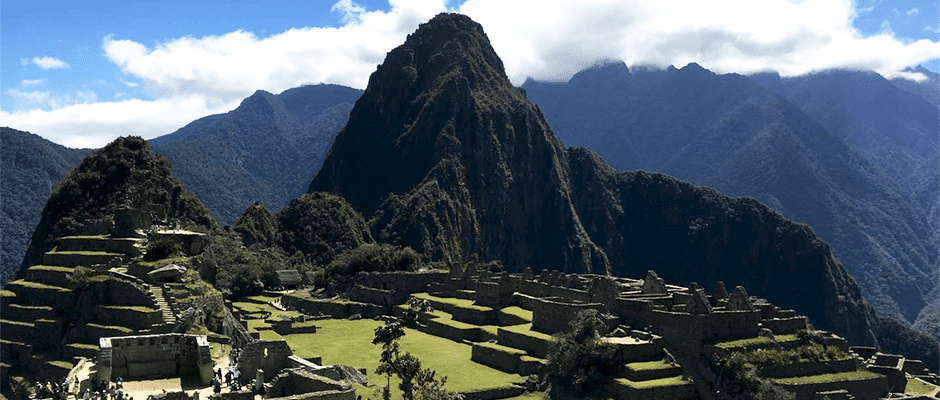Share this article
More biodiversity means more ecotourism
Protected areas with more biodiversity tend to have more tourists, according to new research. That popularity can mean more money for conservation and help bolster human interest in wildlife, but it can also raise other concerns.
“The balancing between protecting biodiversity and fostering ecotourism is a global challenge,” said Min Gon Chung, a PhD candidate in Michigan State University’s Center for Systems Integration and Sustainability and lead author of the study published in Ecosystem Services. “However, there was little quantitative research to examine the relationship between biodiversity and ecotourism worldwide.”
In the study, Chung and his colleagues collected visitor numbers in 929 protected areas around the world. They also took note of the biodiversity in those areas, the age of each area, its elevation and other factors.
The team found that with each 1 percent increase in biodiversity in protected areas, nature-based tourism rose 0.87 percent. Researchers also found that people tend to visit areas that are older, larger, more accessible from urban areas and at higher elevations. These conditions “make for more comfortable climates that can be a relief from hot cities in the summer,” Chung said. They also looked at socioeconomic factors and found protected areas surround by big cities with higher income levels also mean more nature-based tourism.
But the areas’ popularity wasn’t just about location. “We found that management strategies matter,” Chung said. Protected areas managed primarily for biodiversity protection had almost 35 percent more visitors than protected areas managed for both conservation and natural resource use. “We tentatively suggest that producing both biodiversity and nature-based tourism simultaneously is possible given appropriate conservation strategies that focus on biodiversity conservation,” he said.
Managing areas for both can be challenging, though. Chung suggests management plans take into account local communities that rely on these areas’ resources.
“It is obvious that people across the world care about nature-filled areas very much,” he said, “and it is important to gain a full understanding of what draws them, and what we need to know to protect areas while also allowing people to thrive.”
Header Image: Protected areas that have high biodiversity, such as Peru’s Machu Picchu, tend to attract more nature-based tourism. ©Min Gon Chung, Michigan State University Center for Systems Integration and Sustainability








